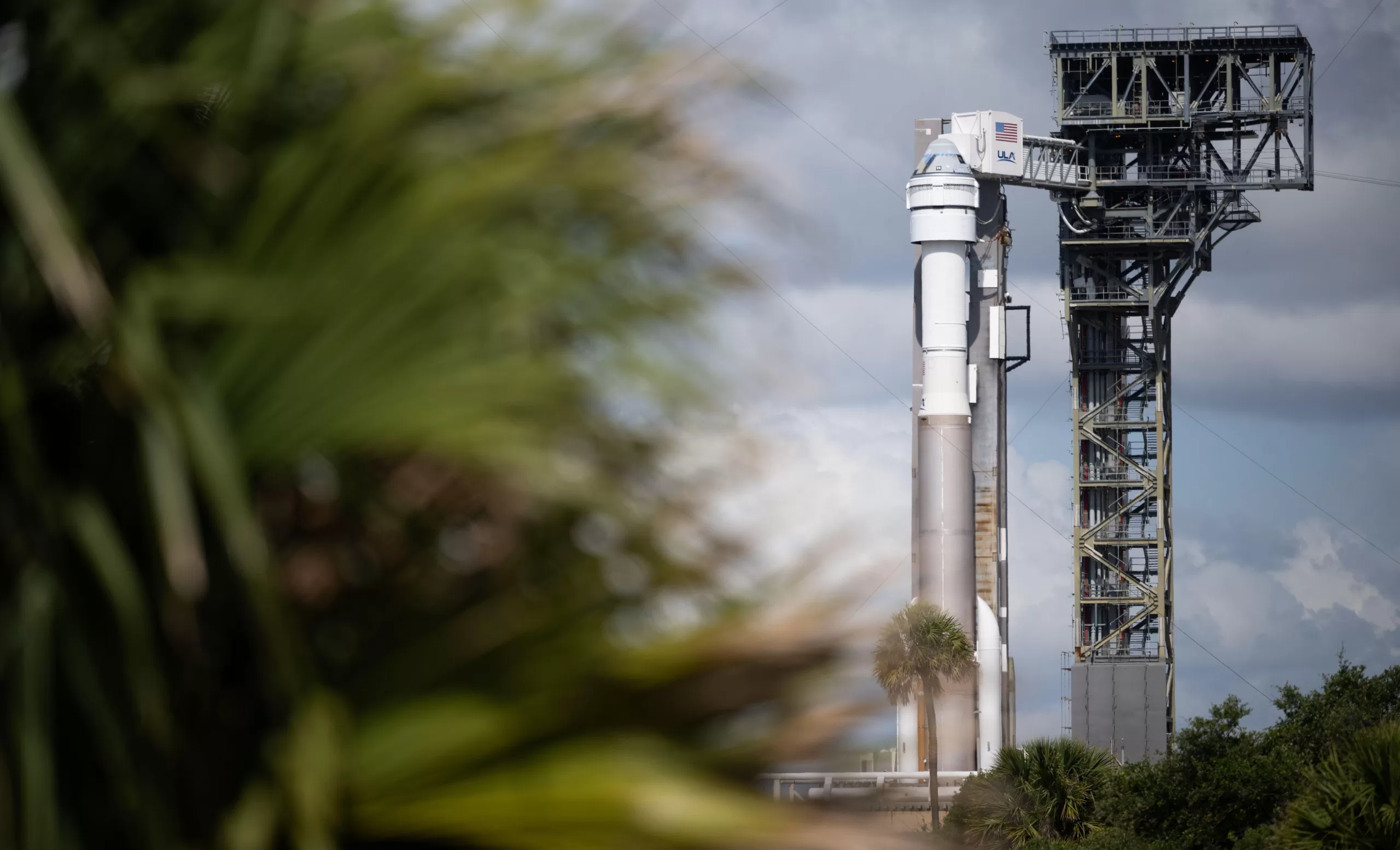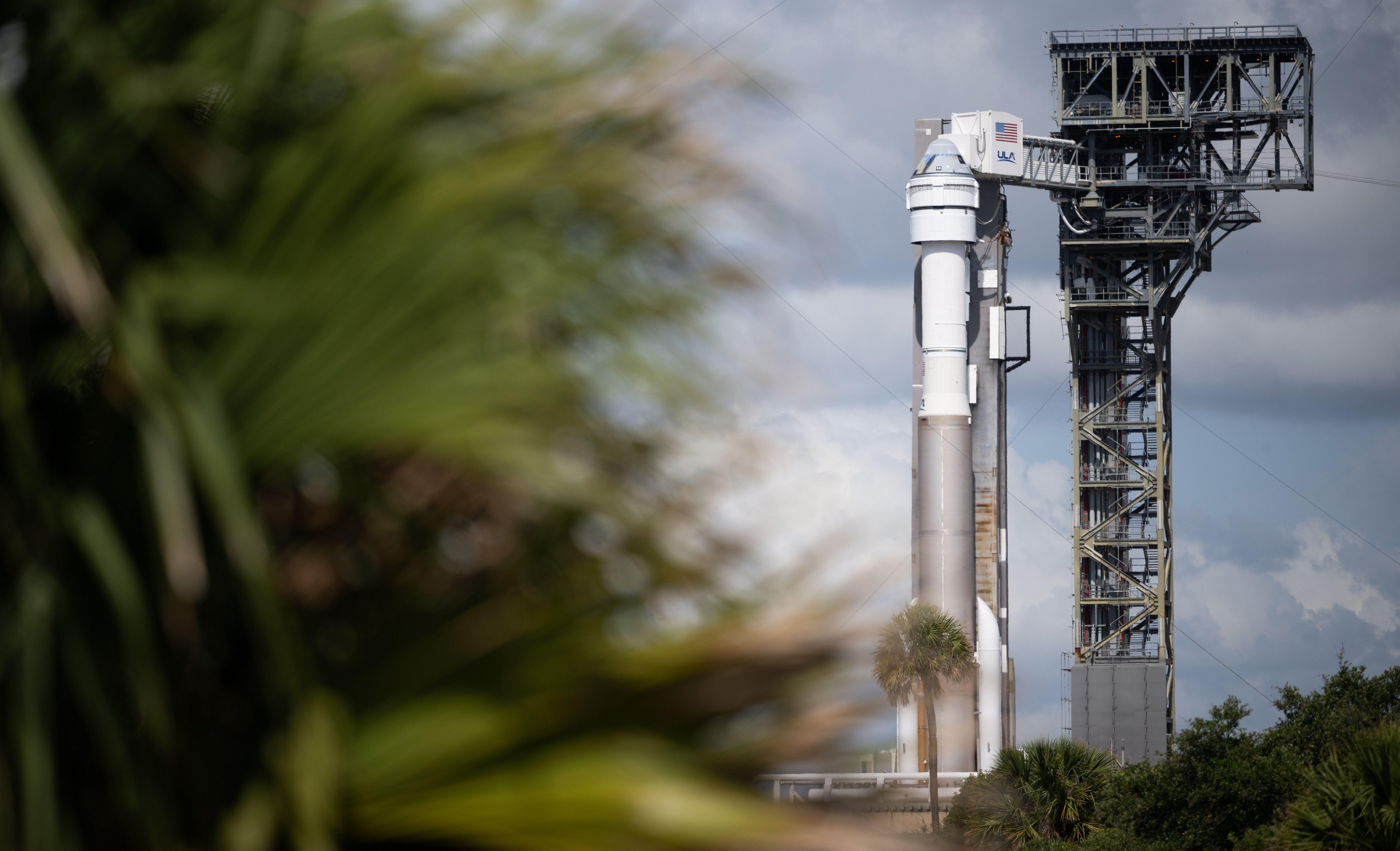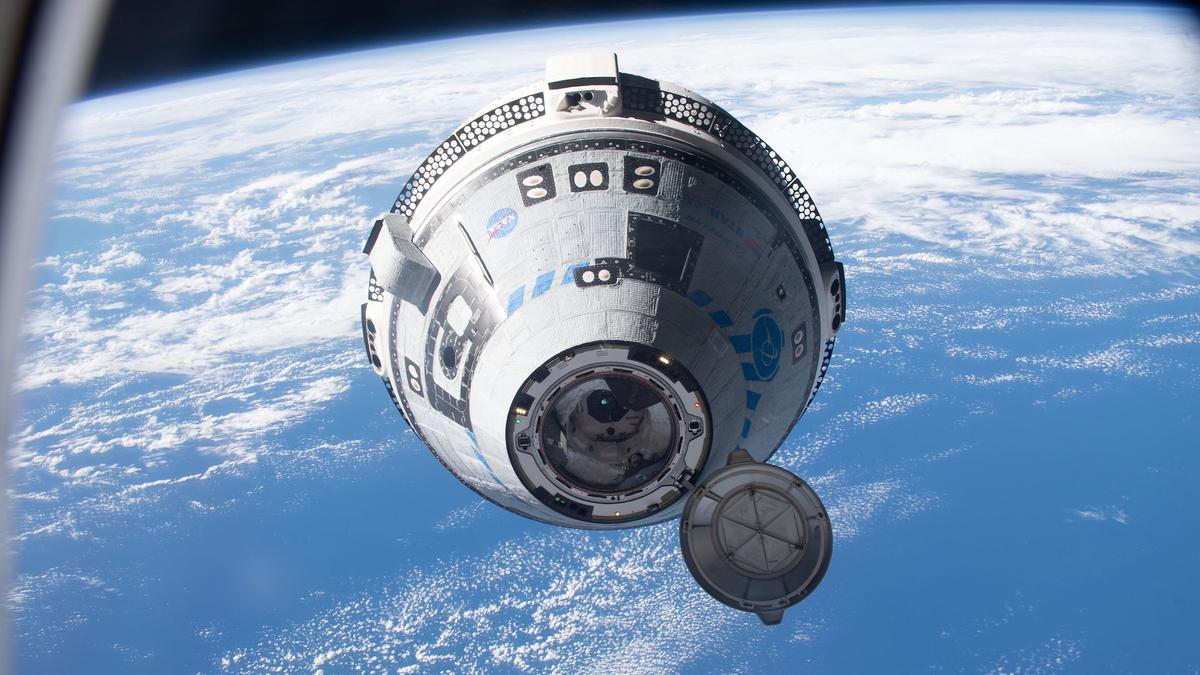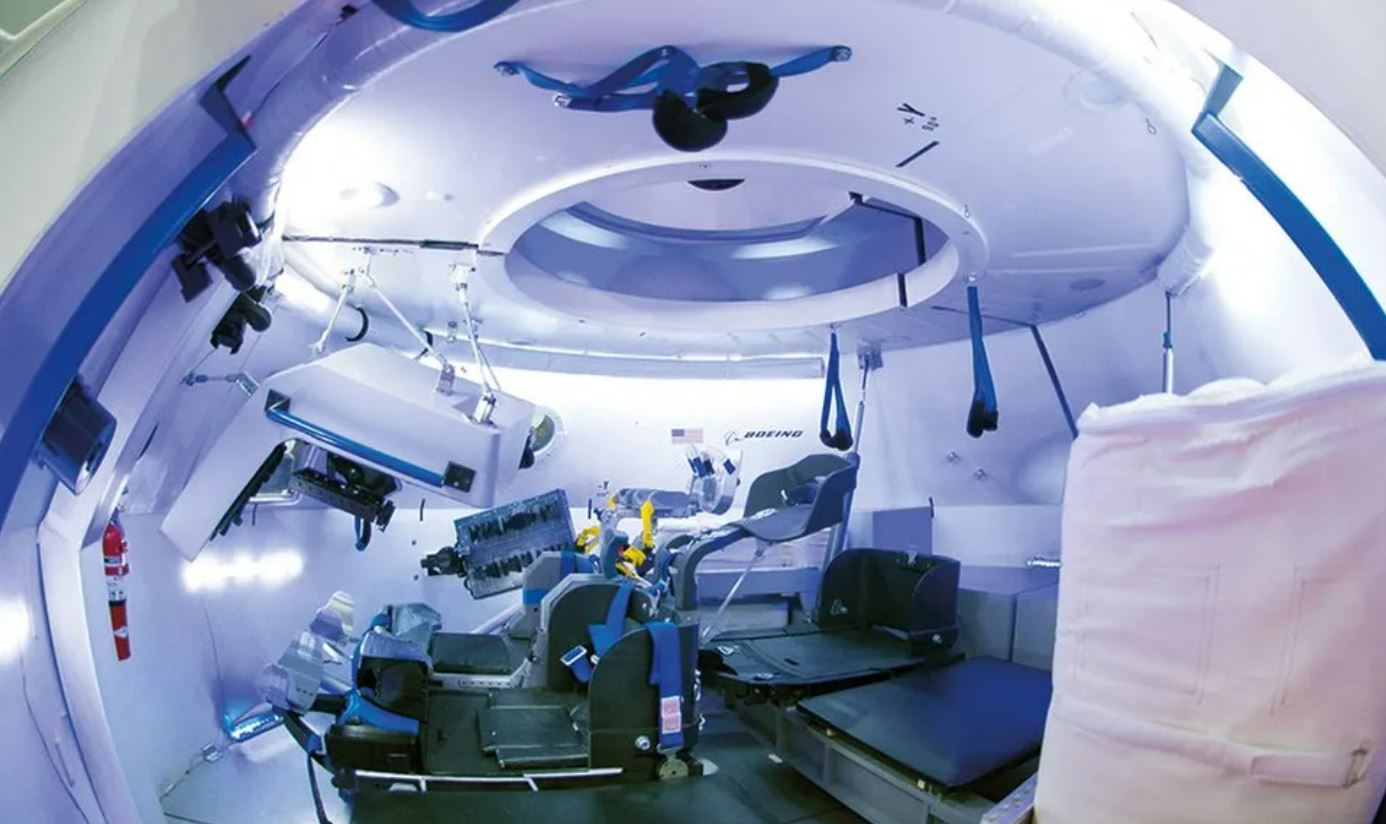It serves as a major blow for the aerospace giant as it fights to save its reputation after a string of safety failures.
The $1.5billion spacecraft was due to take-off on its first crewed mission to the International Space Station (ISS) on 7 May.
However, the initial launch was aborted after a strange buzzing sound was discovered coming from an oxygen valve just before take-off.
It was then scrubbed in favour of a 17 May launch, which was eventually pushed back to a 25 May take-off after a separate, but persistent, helium leak in Starliner’s propulsion system was discovered.
The late-May launch has since been put on hold indefinitely, as officials deepen their review into the leak.
In a statement, Nasa said: “The team has been in meetings for two consecutive days, assessing flight rationale, system performance, and redundancy.
“There is still forward work in these areas, and the next possible launch opportunity is still being discussed.”
The space capsule was set to take off atop a United Launch Alliance (ULA) Atlas V rocket from the US Space Force’s Cape Canaveral launch site.
Astronauts Butch Wilmore, 61, and Suni Williams, 58, who were set to be on board, are still waiting for their ride to the ISS.
The flight was going to be Starliner’s final test before engaging in regular service flights for Nasa.
It would have marked a pivotal moment for Boeing, with it cementing a role within the increasingly active space industry.
Failure to launch the $1.5billion spacecraft would be a symbolic make-or-break moment for one of the world’s biggest aerospace manufacturers.
Timeline of Boeing’s recent safety failures
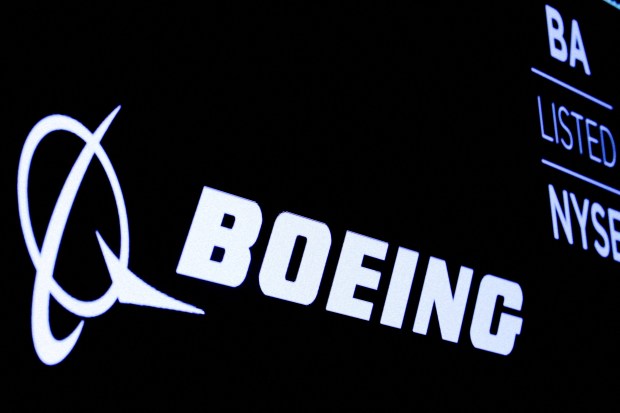
A string of serious malfunctions in Boeing’s planes have marred the aerospace giant’s reputation in recent months.
5 January – An Alaska Airlines flight 1282 was forced to make an emergency landing after a window was ripped out mid-flight.
24 January – A Delta flight at the Hartsfield-Jackson Atlanta International Airport lost its front tire during takeoff.
23 February – Three passengers from Alaska Airlines Flight 1282 filed another lawsuit against the airline and Boeing, seeking $1billion in damages.
28 February – US watchdog the Federal Aviation Authority (FAA) tells Boeing it must submit a plan to fix “systemic quality-control issues” after independent review flags safety concerns.
Boeing said it was “totally committed to meeting this challenge”.
13 March – A Boeing 777 is spotted leaking hydraulic fluid during the takeoff for a United Airlines flight from Sydney, Australia to San Francisco, California.
19 March – The windscreen on a Boeing 737 cracks as an Alaskan Airlines flight makes its landing.
19 May – Safety fears sparked again as The Sun reveals metal panel belonging to a Boeing 737 was found in a field near East Midlands Airport, UK.
Inside Starliner
Starliner was created in collaboration with Nasa’s Commercial Crew Programme, which is similar to its now-defunct Shuttle programme.
It’s aimed at making space flights commercially available, frequently ferrying people and cargo back and forth from Earth.
“For Nasa service missions to the International Space Station, it will carry up to four Nasa-sponsored crew members and time-critical scientific research,” Boeing said.
Starliner has already flown twice, but without crew.
However, the capsule suffered several problems on its first mission in December 2019, and only successfully met all flight goals in its second launch in May 2022.
Find out more about science
Want to know more about the weird and wonderful world of science? From the Moon to the human body, we have you covered…
